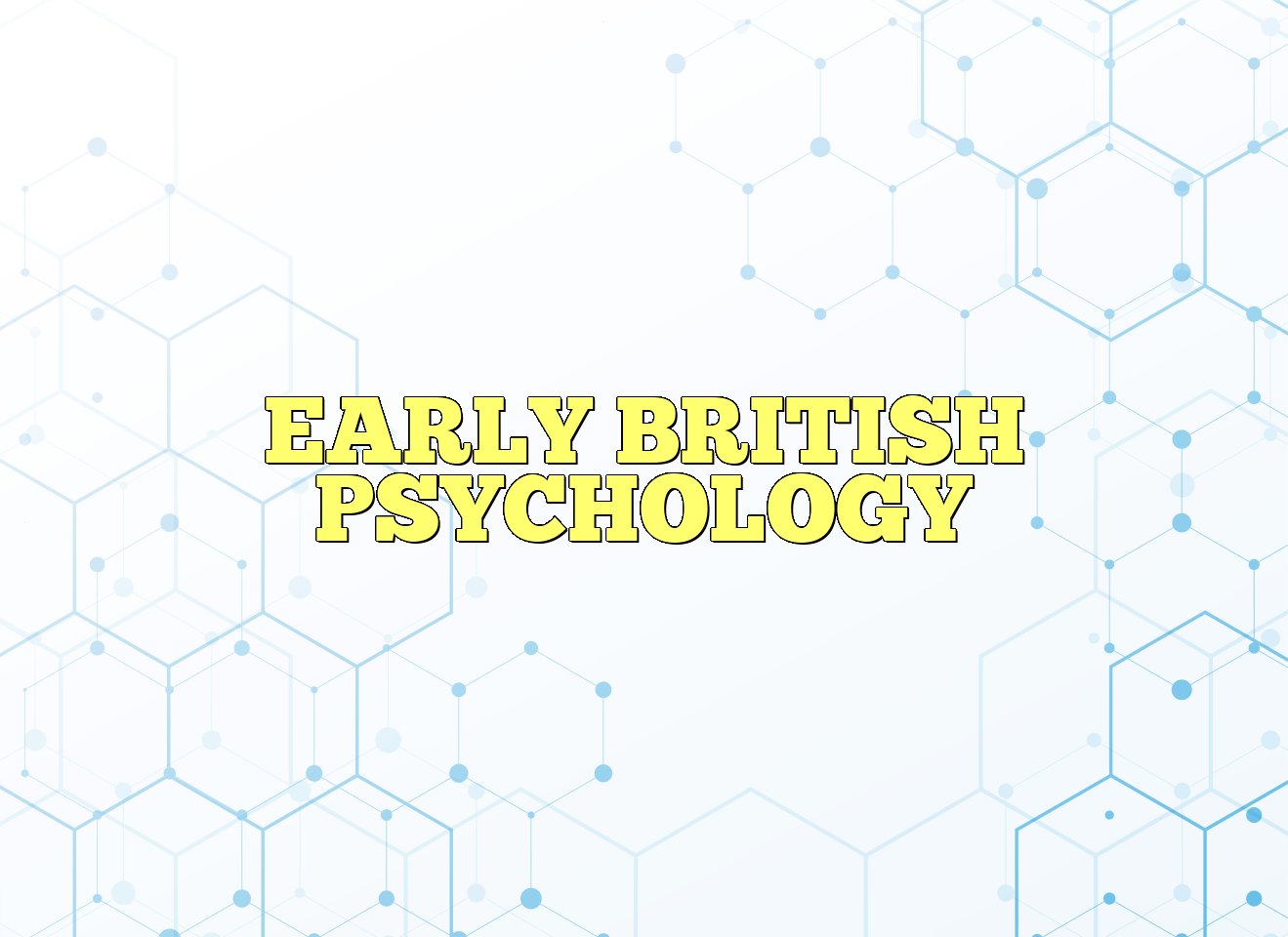British psychology has a rich history that dates back to the late 19th and early 20th centuries. During this time, the field of psychology in Britain saw significant growth and development, as well as the emergence of influential figures who shaped its trajectory. These early stages of British psychology were marked by key developments and influences that laid the foundation for the field’s current state. In this essay, we will explore the key developments and influences that shaped the field of British psychology during its early stages. From the emergence of experimental psychology to the contributions of prominent psychologists, we will delve into the factors that shaped the growth and evolution of British psychology in its formative years. By understanding these key developments and influences, we can gain a deeper appreciation for the roots of this field and how it has evolved into the dynamic discipline it is today.

Although the British had the first scholarly journal dedicated to the topic of psychology – Mind, founded in 1876 by Alexander Bain and edited by George Croom Robertson – it was quite a long while before experimental psychology developed there to challenge the strong tradition of “mental philosophy.” The experimental reports that appeared in Mind in the first two decades of its existence were almost entirely authored by Americans, especially G. Stanley Hall and his students (notably Henry Herbert Donaldson) and James McKeen Cattell.
Francis Galton’s (1822–1911) anthropometric laboratory opened in 1884. There people were tested on a wide variety of physical (e.g., strength of blow) and perceptual (e.g., visual acuity) attributes. In 1886 Galton was visited by James McKeen Cattell who would later adapt Galton’s techniques in developing his own mental testing research program in the United States. Galton was not primarily a psychologist, however. The data he accumulated in the anthropometric laboratory primarily went toward supporting his case for eugenics. To help interpret the mounds of data he accumulated, Galton developed a number of important statistical techniques, including the precursors to the scatterplot and the product-moment correlation coefficient (later perfected by Karl Pearson, 1857–1936).
Soon after, Charles Spearman (1863–1945) developed the correlation-based statistical procedure of factor analysis in the process of building a case for his two-factor theory of intelligence, published in 1901. Spearman believed that people have an inborn level of general intelligence or g which can be crystallized into a specific skill in any of a number of narrow content area (s, or specific intelligence).
Laboratory psychology of the kind practiced in Germany and the United States was slow in coming to Britain. Although the philosopher James Ward (1843–1925) urged Cambridge University to establish a psychophysics laboratory from the mid-1870s forward, it was not until the 1891 that they put so much as £50 toward some basic apparatus (Bartlett, 1937). A laboratory was established through the assistance of the physiology department in 1897 and a lectureship in psychology was established which first went to W. H. R. Rivers (1864–1922). Soon Rivers was joined by C. S. Myers (1873–1946) and William McDougall (1871–1938). This group showed as much interest in anthropology as psychology, going with Alfred Cort Haddon (1855–1940) on the famed Torres Straits expedition of 1898. In 1901 the Psychological Society was established (which renamed itself the British Psychological Society in 1906), and in 1904 Ward and Rivers co-founded the British Journal of Psychology.